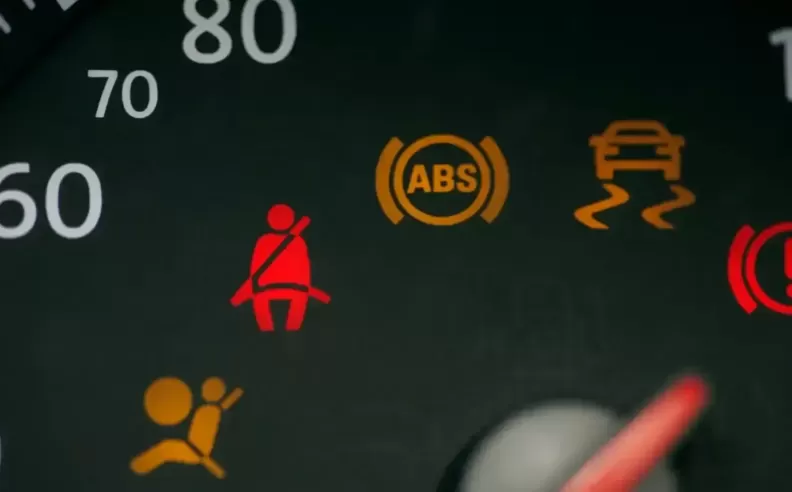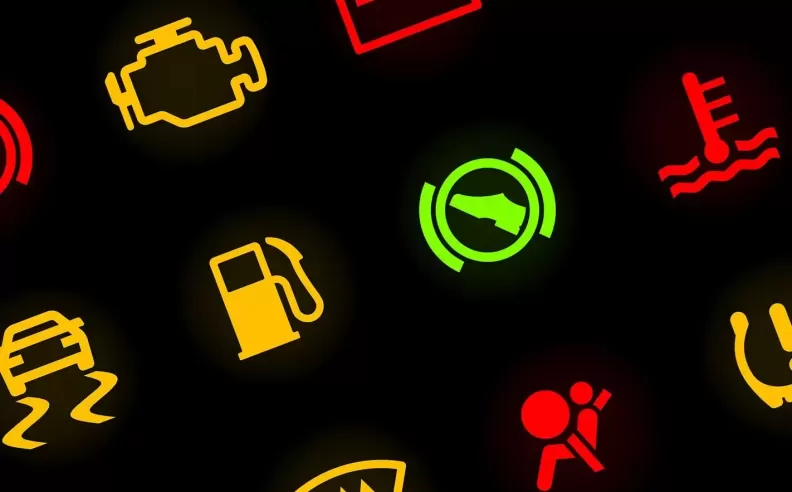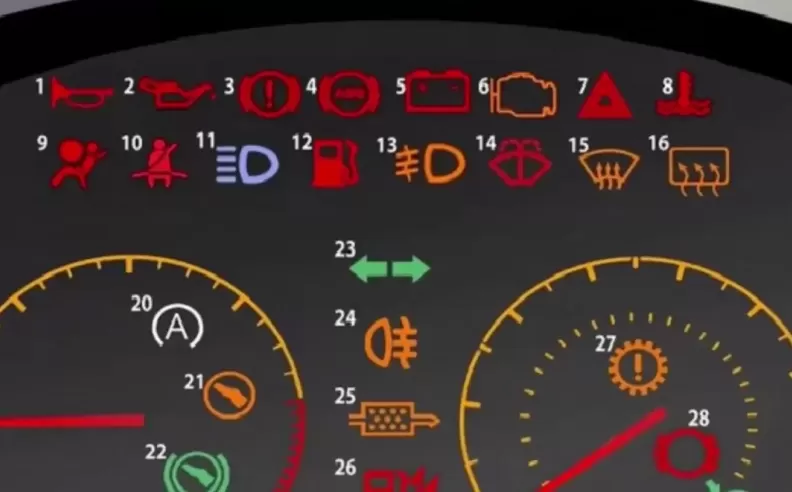
Dashboard warning lights are your car’s way of talking to you. Whether it's oil pressure, tire pressure, or your high beams, each light and color serves a purpose. But not all lights are created equal. Some demand immediate action, while others just offer helpful reminders. With the rise of tech-heavy cars in 2025, knowing what each light means can save you money and keep you safe. Here’s what you need to know.

The red warning lights are the most serious and usually mean stop immediately. Ignoring them could damage your engine or put you at risk. Key examples include:
When these lights show up, pull over and check the issue before driving any further. Red means the car needs attention now, not later.

Yellow or orange lights usually signal a system issue that needs attention soon, but not necessarily a full stop. Still, you should not ignore them for long. Examples include:
These lights act as early warnings. While the car may still drive fine, get it checked out soon to avoid bigger repairs down the line.

Green and blue lights are not warnings. They simply confirm that a system is active. For instance:
You can think of these as friendly reminders, not alerts. They help keep you informed without signaling any trouble.

Started my career in Automotive Journalism in 2015. Even though I'm a pharmacist, hanging around cars all the time has created a passion for the automotive industry since day 1.